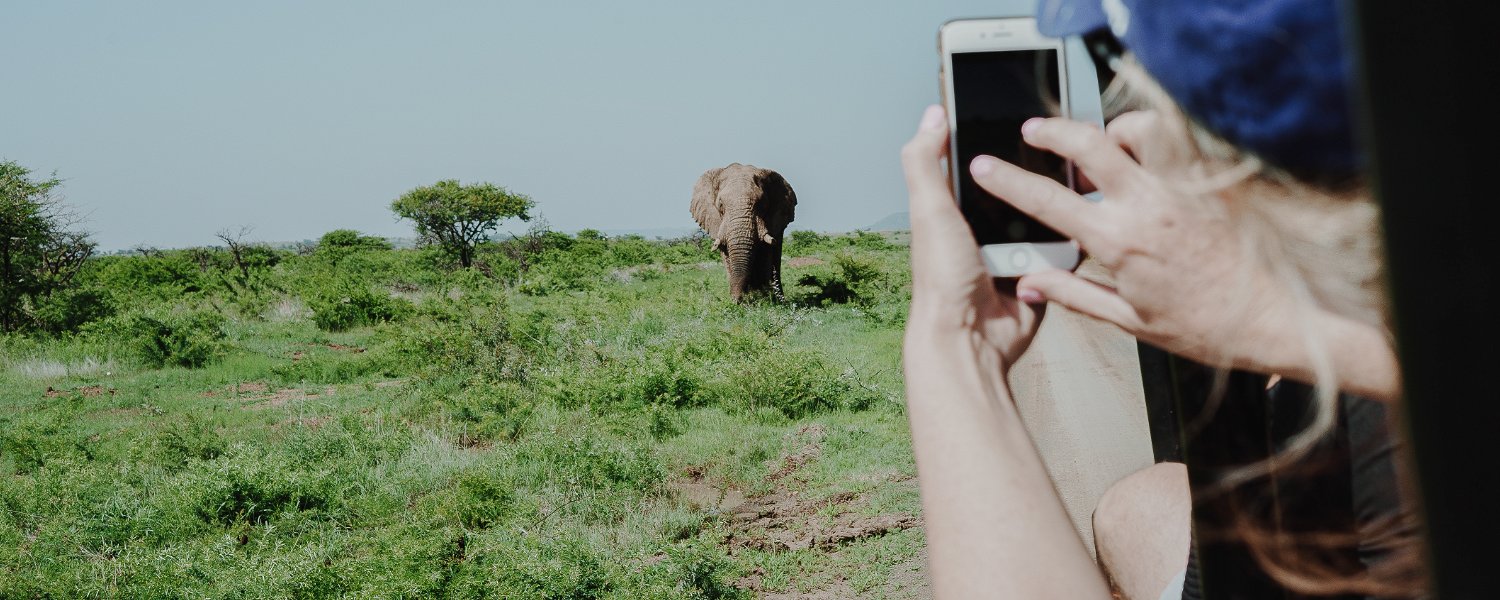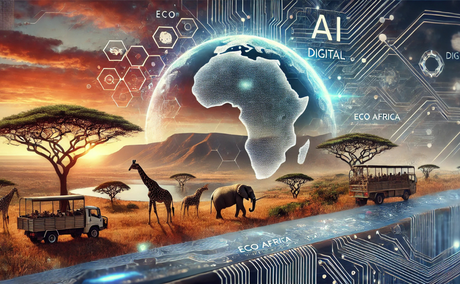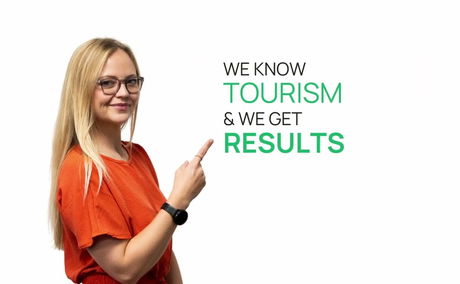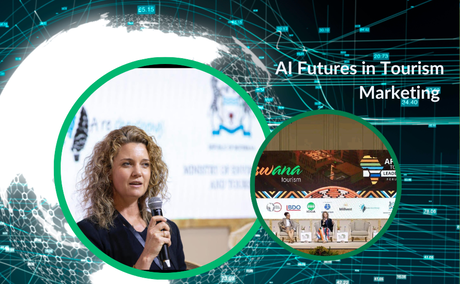In the ever-evolving world of digital marketing, one undeniable force is reshaping how businesses engage with their audiences—Artificial Intelligence (AI). As tourism marketers, we must ask ourselves not if AI will impact our strategies, but how we can leverage it to create more impactful, personalized, and results-driven campaigns. At Eco Africa Digital, we specialize in digital marketing for tourism and hospitality, and we’ve been closely following the AI revolution. Inspired by insights...
"Digital is not the future"

This is a statement that was made by Damian Cook, Founder and Managing Director of E-tourism Frontiers at the 2019 World Travel Market Africa (WTM) in Cape Town. Here are some of the highlights of Damian’s talk.
“Digital is not the future – it’s the present. If we treat it as the future, then we’re living in the past.”
This was the main takeaway from Damian Cook’s talk, entitled "How to Evolve with the Ever Changing Online Market". According to Cook we are now in the period of refinement in terms of how people use digital to reach their target markets.

Travel is online
63% of all travel is now researched, booked, bought and sold online.
50% of online travel sales involved more than one device.
300+ Reviews per minute posted on TripAdvisor.
Among Cook's tips on how to evolve with the ever changing online market were some key insights into the minds of today's largest consumer market: the millennials.

So, how do tourism businesses tap into selfie culture in their digital marketing?
A good start would be to realise what it's all about: shared experiences. What are millennials really saying with selfies?
"Look where I am."
"Look who I'm with."
"Look at what I'm doing."
This is how you engage people in different stages of life:
40 - 60+
People in this age group mostly use Twitter as a source of information and links to articles. For this category of people, Twitter has replaced newspapers. They use it to read about relevant topics and events.
30 - 40
People in this age bracket have a lot of stories to share. For them Facebook has become their digital diary. They use Facebook to share their experiences in words and pictures and to look back on past good times.
20 - 30
For people aged 20 to 30, Instagram is the preferred social platform. Why? People in this category still have their whole life in front of them. They don't care about sharing past experiences, but rather about being in the moment and sharing that moment with their friends. Instagram posts are visual elements capturing a moment with minimal text.
10 - 20
The 10 to 20 year-olds are just starting out. They don't know which moments are worth sharing yet. For them, engagement is much more direct – using platforms like WhatsApp to talk directly to friends and loved ones. Platforms like SnapChat are used to create moments that are fleeting – based solely on the present – without much regard for the past or the future.

In summary
Your customers are online - you should be too.
Engage your customers in a way that suits their stage of life.
Shared (and shareable) experiences will turn customers into influencers.
Embrace the selfie – it's not going anywhere.
Further Reading
In today's competitive tourism market, it’s not enough to simply have a beautiful website or offer unforgettable experiences. The majority of travelers — over 90% — start their search for vacations and tours online, and if your business isn’t visible in those search results, you’re missing out on potential bookings. That’s where Google Ads comes in
Yesterday, at the Africa Tourism Leadership Forum in Gaborone, Botswana, I had the opportunity to sit on an inspiring panel titled “AI-Driven Futures in Tourism”. AI is not something to fear; it's a powerful ally that can help us connect with the right audience and enhance customer experiences like never before. Let’s dive into how AI can revolutionize your digital marketing efforts and, in turn, help grow your tourism business.









Share This Post